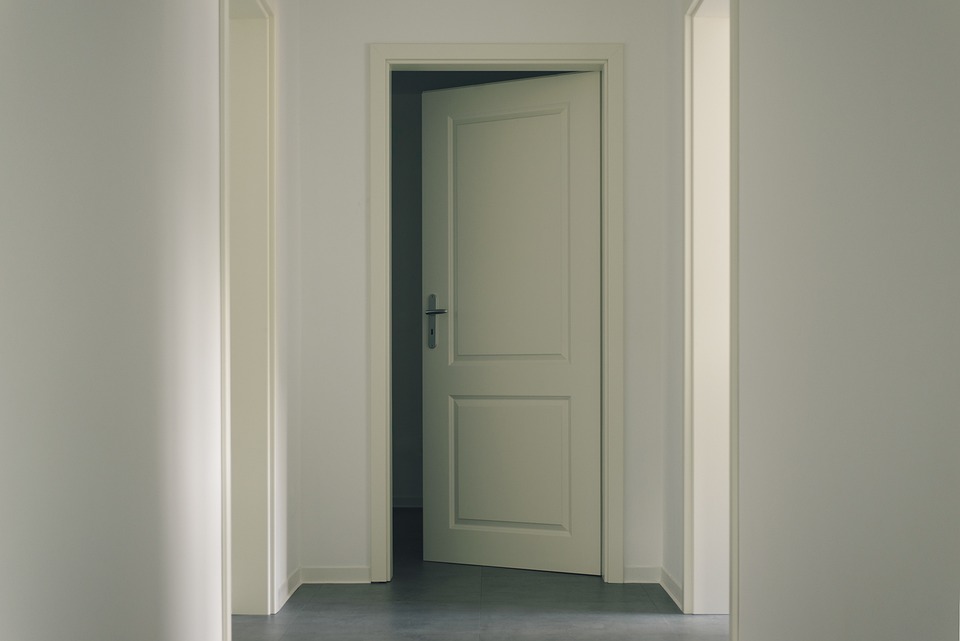
Technology has undeniably revolutionized the way modern furniture is designed and produced. From innovative materials to groundbreaking manufacturing processes, technology has had a significant impact on the modern furniture design industry.
One of the most notable ways technology has influenced modern furniture design is through the use of advanced materials. With the development of new materials such as carbon fiber, glass, and various composites, designers have been able to create furniture pieces that are not only lighter and more durable, but also more aesthetically pleasing. These materials have opened up new possibilities for designers, allowing them to create sleek and contemporary pieces that were not possible with traditional materials.
In addition to new materials, technology has also revolutionized the manufacturing process of furniture. 3D printing and CNC (computer numerical control) technology have enabled designers to create intricate and complex designs that were previously impossible to manufacture. This has led to a wave of innovative and functional furniture that pushes the boundaries of traditional design.
Furthermore, technology has played a significant role in improving the sustainability of modern furniture design. With the growing concern for the environment, designers are utilizing technology to create furniture that is not only aesthetically pleasing but also eco-friendly. Advanced manufacturing processes have allowed for the use of recycled materials and reduced waste, making modern furniture more environmentally sustainable.
Moreover, technology has also transformed the way consumers interact with furniture. With the rise of augmented reality and virtual reality, customers can now visualize how furniture will look and fit in their living spaces before making a purchase. This has enhanced the shopping experience and provided consumers with the confidence to invest in modern and innovative furniture pieces.
Additionally, the integration of technology in furniture has led to the development of smart furniture that incorporates technology such as wireless charging, built-in speakers, and adjustable settings. This seamless integration of technology and design has created furniture that not only looks modern but also enhances the functionality and convenience of the user.
In conclusion, the impact of technology on modern furniture design has been profound. From advanced materials and manufacturing processes to sustainability and smart furniture, technology has paved the way for innovative and contemporary designs that have redefined the furniture industry. As technology continues to advance, it is certain that the future of modern furniture design will be shaped by new and groundbreaking technological developments.